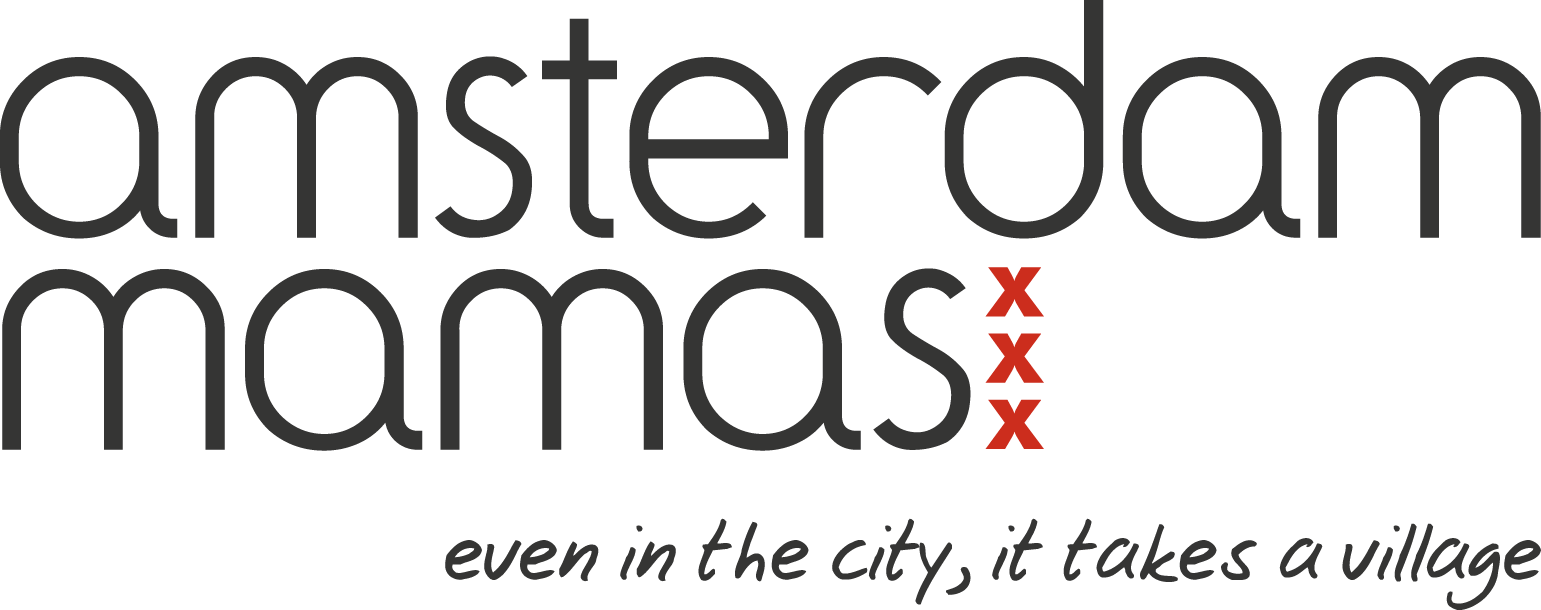New Year in the Netherlands is quite a shock for some newcomers. Amanda van Mulligen outlines below the mayhem ahead.
Flee for your lives, or embrace the chaos – that’s been my motto when it comes to seeing the New Year in in the Netherlands since I moved here in 2000. If you are new to oud en nieuw you’re in for a surprise; the rule is there are no rules. At least, that’s how it feels to the uninitiated.
In reality, there are rules, but many people don’t seem to like being tied down to anything as trivial as the law when it comes to celebrating the turn of a year. Two words: tradition and chaos.
Fireworks
But let’s start at the beginning. In the Netherlands, fireworks may only be sold to the public on the last three days of the year so the Dutch make the most of this limited time by spending millions of euros on their explosive stash. And Dutch law dictates that all those fireworks must only be set off on New Year’s Eve.
Before 2014 the public was permitted to let fireworks off from 10 am on the 31st December until 2 am on the 1st January. And people did. Without looking at a clock, it was clear from the eruption of noise when 10 am struck. It was like being caught in a war zone, only the perpetrators were young children armed with rucksacks of fireworks looking for indiscriminate, inanimate targets to blow up.
Animals and elderly people spent the last day of the year cowering wherever they could; even other non-firework users of all ages were nervous to venture out.
Thankfully, those high up in the Dutch political hierarchy realised the madness of the legislation and changed it. As of 2014, fireworks may only be set off from 6pm on New Year’s Eve until 2am on New Year’s Day. It made a huge difference. In addition, there are more organised firework displays, and more firework-free zones being put in place by local councils.
So the good news is that New Year’s Eve in the Netherlands is quieter and safer than it once was. The bad news is that the changes haven’t completely eliminated the chaos and anarchy. Far from it.
Anarchy
As the night of 31st December wears on, the bangs get louder, more frequent and more destructive. The Dutch police force, fire services and hospital staff are working in full force and kept busy the whole night – often themselves the victims of violence and firework throwing.
In large towns and Dutch cities there are clashes with the police; there is rioting and acts of vandalism that no one would dream of committing any other day of the year. Cars are burnt out. There is fighting. There is a general sense of lawlessness on some streets.
Each year, the Netherlands spends the first few days of a new year adding up the cost of the damage from oud en nieuw ‘celebrations’ and speedily processing those who have seen the new year in from the inside of a police cell. The number of injuries sustained from the irresponsible use of fireworks is also totted up and reported in the news. The nation collectively tuts and shakes its head, the politicians call for change, then get on with the year and do exactly the same the following January.
And why? I don’t know. I sat it out for a few years, thinking maybe I just needed to get myself a little more ingeburgerd. That didn’t work so I took to fleeing the country for the New Year celebrations. Two years ago was one such year but even being away didn’t mean a complete escape. Early on the 1st January we received a text from our neighbour to inform us that a firework bomb had exploded in our street. A significant number of houses had suffered glass damage.
Last year we didn’t dare skip the country again; we not only had a lot of fun but also saw first hand that last year’s legislation changes made a huge positive difference.
If you are not already completely put off, you should know that a Dutch New Year is not all bad. Not at all.
At midnight, those that do understand the purpose of fireworks light them simultaneously, creating a mesmerising national display of colours that light up the night sky. No British Guy Fawkes Night or ‘14 juillet’ display can ever prepare you for the cacophony of
bangs and whizzes that a Dutch New Year celebration comprises. The free show lasts until it’s time to watch the BBC’s broadcast of London’s attempt to compete with the Dutch display.
Bonfires
Aside from fireworks, bonfires (vreugdevuur) are also traditional on the 31st. Locally, there are little fires on the pavements (most of them not technically legal), the fuel usually Christmas trees that have already served their purpose.
There are larger scale bonfires too such as the annual ‘competition’ that takes place on the beaches in Duindorp and Scheveningen, both of which are now on the Dutch national intangible cultural heritage list (Nationale Inventaris Immaterieel Cultereel Erfgoed in Nederland).
The building of the fires alone is a spectator sport but I am putting it mildly when I say there are no health and safety considerations when it comes to building these two immense wooden-crate bonfires during the last few days of the year. However, the council does insist on fencing around the fires to keep the public at a safe distance once they are lit at midnight – the whole affair is spectacular in a befuddling sort of way.
And lastly, there are the oil balls. Oliebollen. Oliebollen are a traditional part of a Dutch New Year. In essence, they are tasty round sweet donut-like treats that are (deep) fried. My Dutch husband is a big fan so last year I made some from scratch for the first time; they were surprisingly good!
So, as I said: Flee or embrace the chaos – the choice is yours. Forewarned is forearmed.
Keep safe and a happy new year!
photo credit: Amanda van Mulligen and Flickr via photo pin
Amanda van Mulligen
Amanda van Mulligen is a mother, writer and expat. In that order. She is British-born but has called the Netherlands home since 2000. She is 'mama' to three boys, and blogs about her expat way of living, loving and parenting over at Turning Dutch. You can find out more about her on her Facebook Page or follow her on Twitter.






